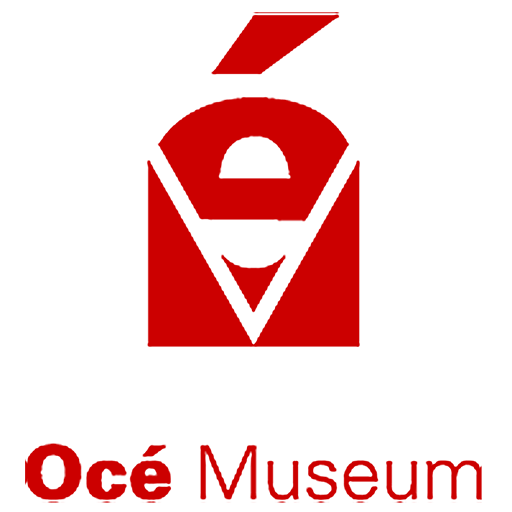1984 Printing
In the meantime, the method of document making was also being investigated, including word processing programs, as a result of which the Océ researchers came into contact with digital processes instead of the usual analogue ones. This proved to be the beginning of a revolution: copiers became printers. Copiers were equipped with a laser scanning module, which replaced the analog exposure device. Moreover, a lot of new electronics were needed to convert digital text files into images: the controller.
Later, also digital copiers containing a scanner and a printer were to be developed. We are then writing 1996.
1995 High Speed Printers
A wish that Océ had cherished for some time was entering the market for printers with very high speeds and therefore also high volumes. It was given that opportunity in the spring of 1995 when the High Performance Printing division of Siemens could be acquired, that was specialized in this area and had, among other things, printers that could produce more than 1000 separate A4 pages per minute, such as bank statements or telephone bills. It turned out to be a perfect combination: this division fitted in seamlessly with the existing Océ activities and its integration within the Océ organization was virtually smooth.
Technologically, organizationally and financially a top-notch asset!
In the same period Océ also introduced its first digital printers/copiers for both the office and the drawing room market. These were undisputed high points in the history of the company, where for the first time they also praised the arrival of a new technological feat: a full color printer with a revolutionary 7-color technology, on which the Océ laboratories had been working for more than 10 years.
2002 The breakthrough of color
Already after the acquisition, in the late 1980s, of the plotter division of the French Schlumberger, Océ was able to gain further experience with the use of color in documents. First with pen plotters, later with thermal printers. Colored toners were also used in certain copiers. It soon became clear that working with analogue devices for color copies was cumbersome, slow, not too reliable and above all expensive.
Digital technology offered many more possibilities. Printers could print partial images in different colors (usually four) one after the other on one sheet of paper, resulting in a color image. Océ went its own way and developed – for office environments – a unique printing process that used toners in seven colors. A first full-color printer using this process was introduced to the market in 2001. However, in competition with other color printers, this concept did not prove sufficiently successful in the long run.
Océ therefore switched to products that had been developed in collaboration with Konica-Minolta, and later with Canon. They were equipped with the superior color controller ‘PRISMA sync’ from Océ.
2008 The final breakthrough of color
In wide format, color printing with the known techniques was more difficult. This application had to wait for an entirely new technology: inkjet.
Although Océ started researching inkjet processes early on, the first usable devices came from other suppliers, and moreover, Océ’s own development was hampered by patents from competitors.
That is why Océ entered the wide-format inkjet market from 2002 with acquired products and products from acquired companies, while it itself worked hard on its own technology. In that year an acquired product based on aqueous ink was introduced. The first real Océ product, also in 2002, came from a company in Canada owned by Océ and used UV-curable ink.
A special application of this technology resulted in a new market from 2014 onwards.
The UV-curable ink cures so quickly that several layers can be printed on top of each other, so that a relief can be achieved. Since 2014, Océ has been offering relief prints, such as maps and reproduced paintings in which the brushstrokes can be felt.
In 2008, the first wide-format color printer developed in Europe was launched on the market. It used a newly developed Océ CrystalPoint ink, which could be stored in solid form, adhered to almost all substrates and could be used for prints that had to withstand all kinds of weather.
This development culminated in 2017 in the Océ Colorado wide format printer, which uses a new UV-curable gel ink.
In office applications, the first inkjet news came from Océ’s high-speed printer division, where the ColorStream line was introduced to the world in 2010. In 2015, the i300 series, developed in the research center in the Netherlands, saw the commercial light. This inkjet printer with the iQuarius technology based on aqueous ink processes cut sheets of paper at high speed.
Today, varioPRINT iX-series printers developed by Océ can print on practically all materials, including packaging materials. Paper is just one of many possible receiving materials.
